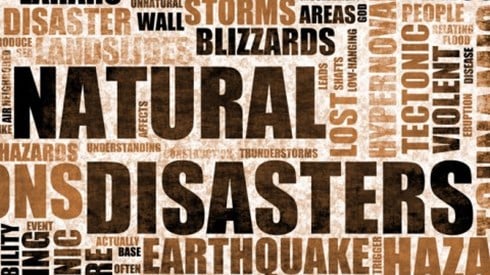Swiss Re: Global Insured Loss Estimates Reflect Sigma's Fourth Highest

December 18, 2018

Swiss Re's latest preliminary sigma estimates found that total economic losses from natural and man-made catastrophes in 2018 declined to $155 billion from $350 billion in 2017. Findings also showed that estimated global insured losses are currently around $79 billion, higher than the annual average for the previous 10 years. The reinsurer said a number of smaller and midsized loss-generating disaster events across all regions in 2018 affected regions with well-established insurance cover. Thus, according to Swiss Re, between higher global losses and the small to midsized disaster events, 2018 is currently the fourth costliest year on sigma records in terms of losses covered by the insurance industry.
Of 2018's $155 billion in total economic losses from natural catastrophes and man-made disasters, natural catastrophes caused $146 billion of the losses, and man-made disasters caused $9 billion.
The total $79 billion of insured losses for 2018 is down from $150 billion in 2017 but greater than the previous 10-year annual average ($71 billion). Of the $79 billion in total insured losses, $71 billion were from natural catastrophes, and $8 billion were from man-made disasters.
Extreme Weather Caused Fourth Highest Number of Insured Losses
Swiss Re said while there has not been a singular major natural catastrophe event (such as Hurricanes Harvey, Irma, and Maria in 2017) in 2018, the aggregated losses from a number of smaller and midsized events, alongside some major man-made disasters, have caused sizable overall insured losses.
Similar to last year, Swiss Re said, the losses from the 2018 series of events highlight the increasing vulnerability of the ever-growing concentration of humans and property values on coastlines and in the urban-wildlife interface. The very presence of human and property assets in areas such as these means extreme weather conditions can quickly turn into catastrophe events in terms of losses inflicted, according to the reinsurer.
Examples of this year's devastating natural catastrophe events include Hurricanes Michael and Florence; Typhoons Jebi, Trami, and Mangkhut; heat waves, droughts, and wildfires in Europe and California; winter and thunderstorms around the world; floods in Japan and India; earthquakes in Japan, Indonesia, and Papua New Guinea; and volcano eruptions in Hawaii.
As stated previously, insurance contributed $79 billion in paid claims, which means that more than 50 percent of all economic losses were insured, demonstrating again the significant contribution of the insurance sector in mitigating catastrophe risk, said Swiss Re.
December 18, 2018






